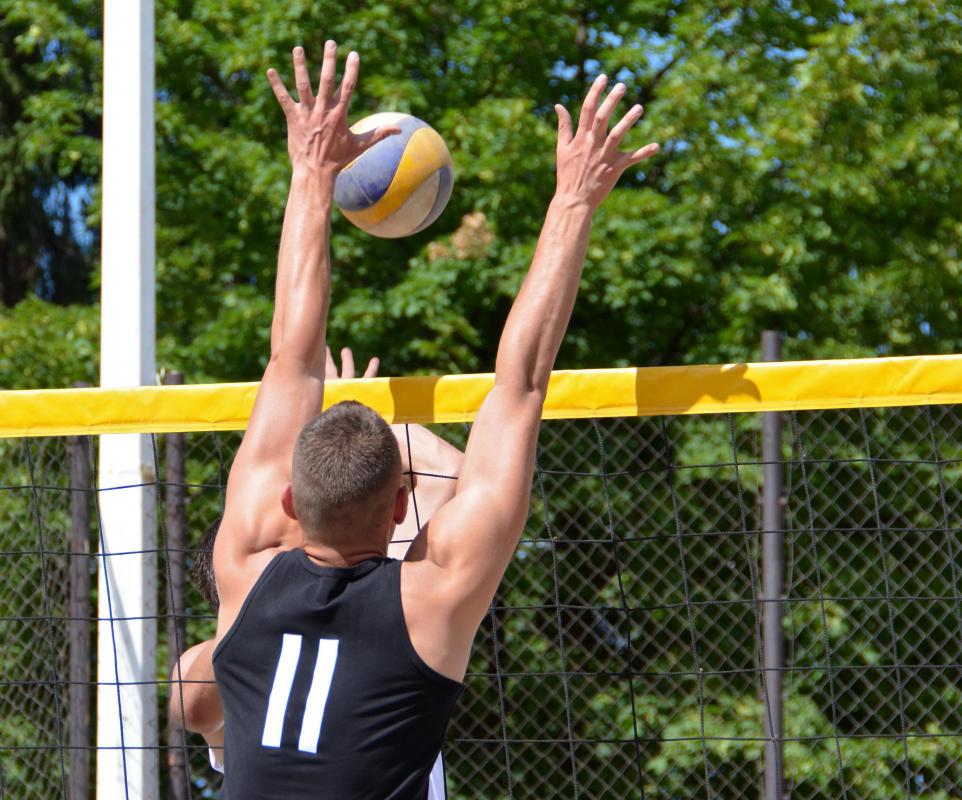At WiseGEEK, we're committed to delivering accurate, trustworthy information. Our expert-authored content is rigorously fact-checked and sourced from credible authorities. Discover how we uphold the highest standards in providing you with reliable knowledge.
How do I Improve my Volleyball Fitness?
Improving volleyball fitness typically involves training the muscles and cardiovascular system for skills specific to the sport. These can include those used in spiking, blocking, and diving for balls. Improving one’s volleyball fitness can also mean training the muscle groups that work to perform these skills. For example, instead of a strength-training routine that isolates one muscle, a player's ideal routine may include exercises that engage multiple muscles in the same ways that they are used in the game.
Developing maximum power and strength are the two most important fitness goals for most volleyball players. This is because the game is comprised of fast plays that require powerful bursts of movement. Due to this, training sessions that involve quick, intense movements are the best for most volleyball players.

Playing volleyball employs explosive movements, like spiking and blocking. The best exercises to increase a person’s ability to perform in this way are plyometrics. These work by training the entire central nervous system, along with specific muscle groups, to use a large amount of power in a short amount of time. Examples of plyometrics exercises are jump squats and vertical jumps.

Conditioning designed to improve volleyball fitness can also include activities that require brief but intense bursts of activity, like line drills, which are sometimes called 'suicides.' These generally require players to sprint back and forth, using the lines on the volleyball court as a marker. Other conditioning exercises may focus on speed and agility. In the game, the average play is does not last very long, so slow and steady cardiovascular workouts are usually not ideal for volleyball players. Rather, endurance training normally focuses on the quality of exercise, instead of an abundance of repetitions.
Flexibility is an often ignored part of volleyball fitness, however, it is essential to perform the highest quality movements. This is because flexibility increases coordination skills. It is also an important part of speed and strength, because, if muscles are tight, they cannot complete their full range of movement. This can result in a loss of player power and speed.
Speed training is another key component of volleyball fitness. Examples of ideal speed drills include running up and down hills or stairs. Such activities aid players in most volleyball-specific movements, including spiking, blocking, and diving. These also help to increase speed and power, which should be the focus of volleyball fitness training.
AS FEATURED ON:
AS FEATURED ON:












Discuss this Article
Post your comments